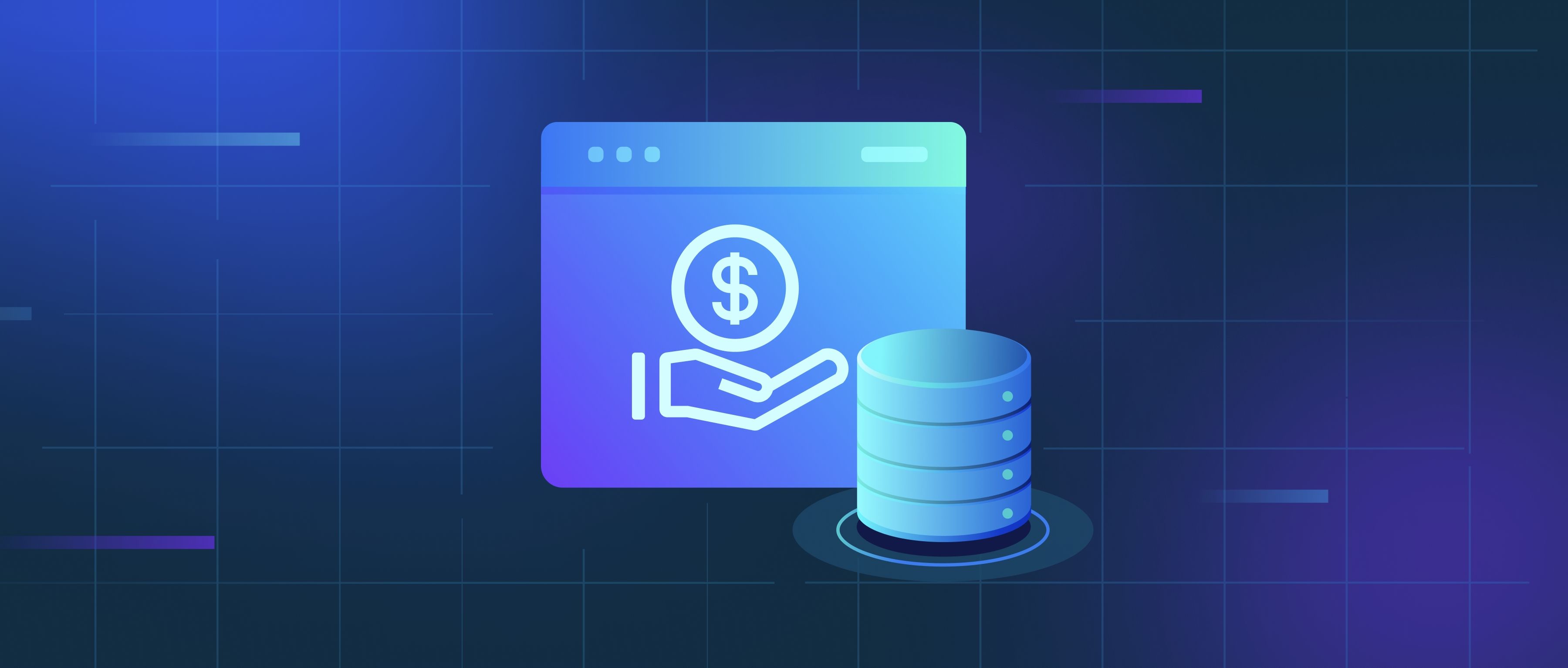To generate JSON responses from OpenAI models, you need to structure your input and handle the output appropriately. When you send a request to the OpenAI API, the configuration of your input can directly influence the format of the response. One common method is to instruct the model explicitly to return responses in JSON format by including a clear directive in the prompt. For example, you might send a prompt such as, "Please provide the following information in JSON format: name, age, and favorite color." This way, the model understands that the expected output should be a correctly formatted JSON object.
After you get the response from the OpenAI API, you should parse the output to ensure it conforms to JSON standards. The response might look like a plain string, so you will need to process it accordingly. In most programming languages, there are libraries and built-in functions that can help you convert the output into a JSON object. For instance, in JavaScript, you can use JSON.parse() to convert a string into a JSON object. In Python, you can use the json module's loads() method. This ensures that any data you need to work with afterward can be easily utilized in your application.
Additionally, it’s important to validate the JSON response for structure and type correctness. Since AI-generated content can vary, implementing checks helps to handle potential errors. For instance, if you're expecting specific fields in your JSON, you can write code to verify that those fields exist and that they contain data of the expected type (like strings or numbers). By combining clear directives in your prompts with robust parsing and validation mechanisms, you can effectively generate and handle JSON responses from OpenAI models in your applications.
